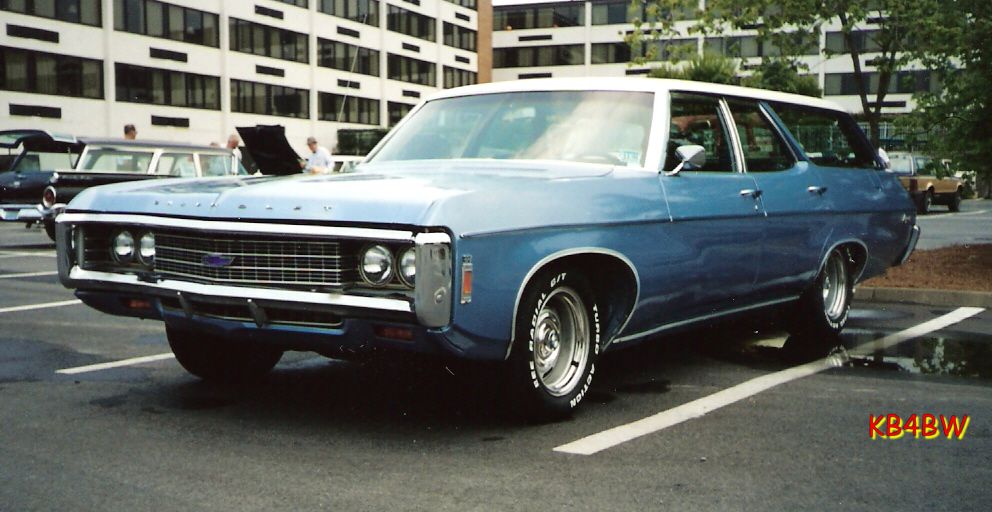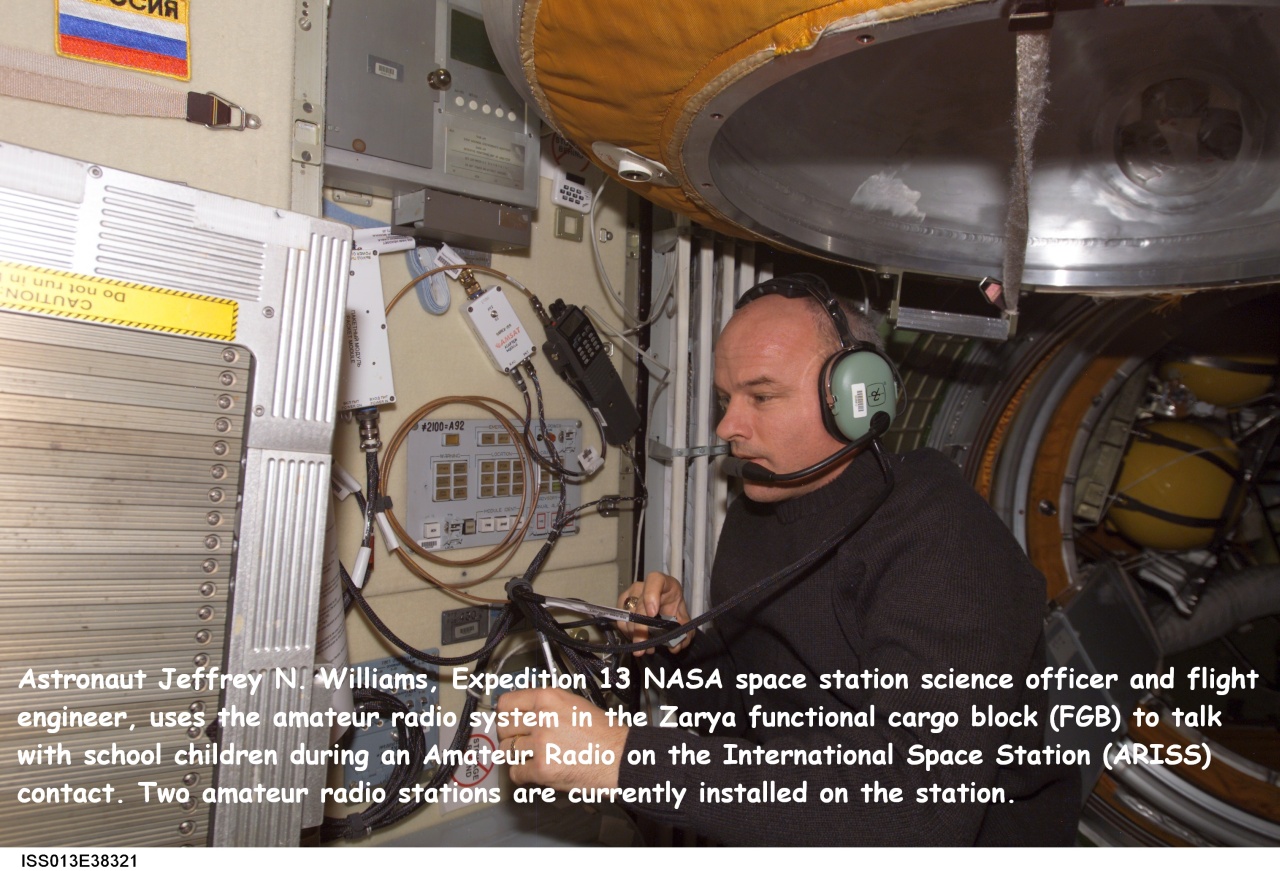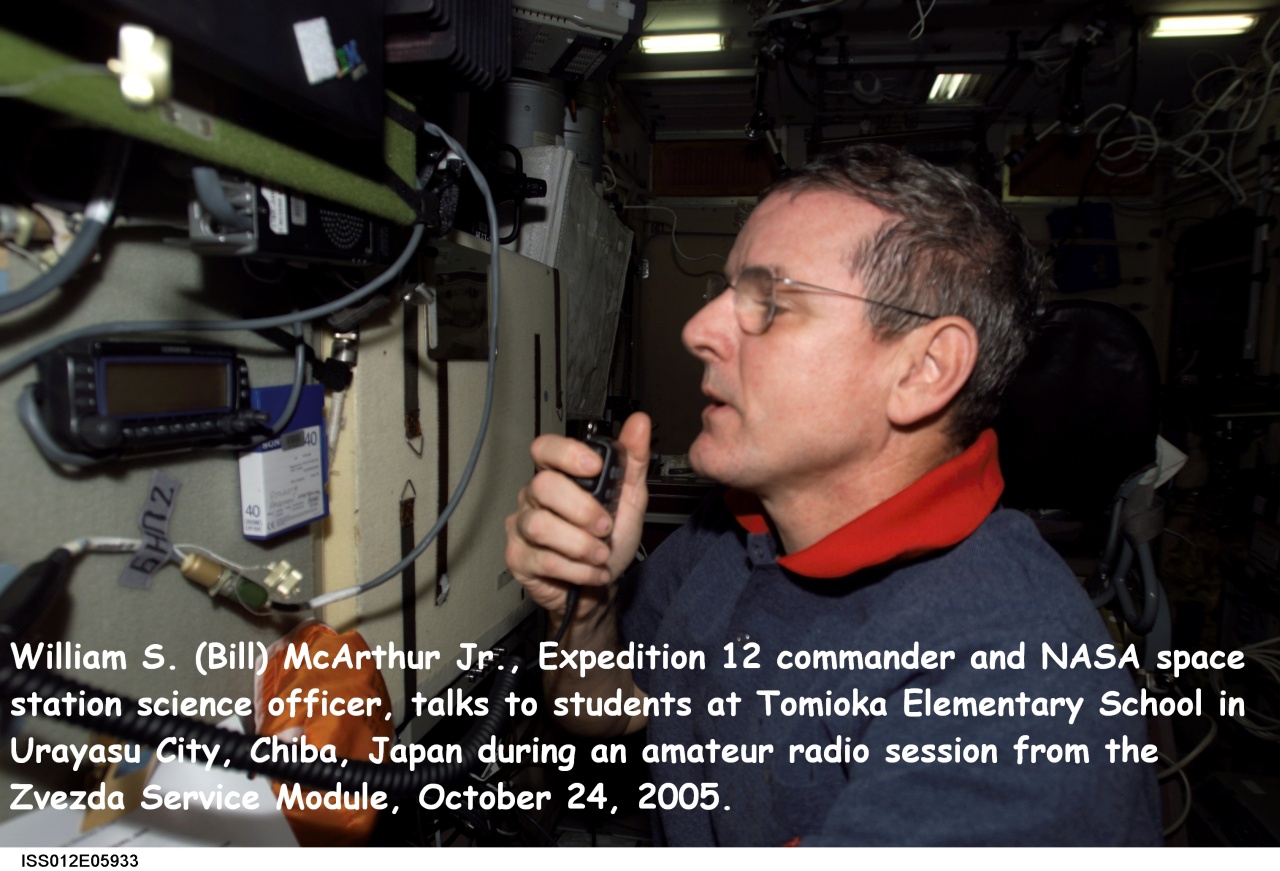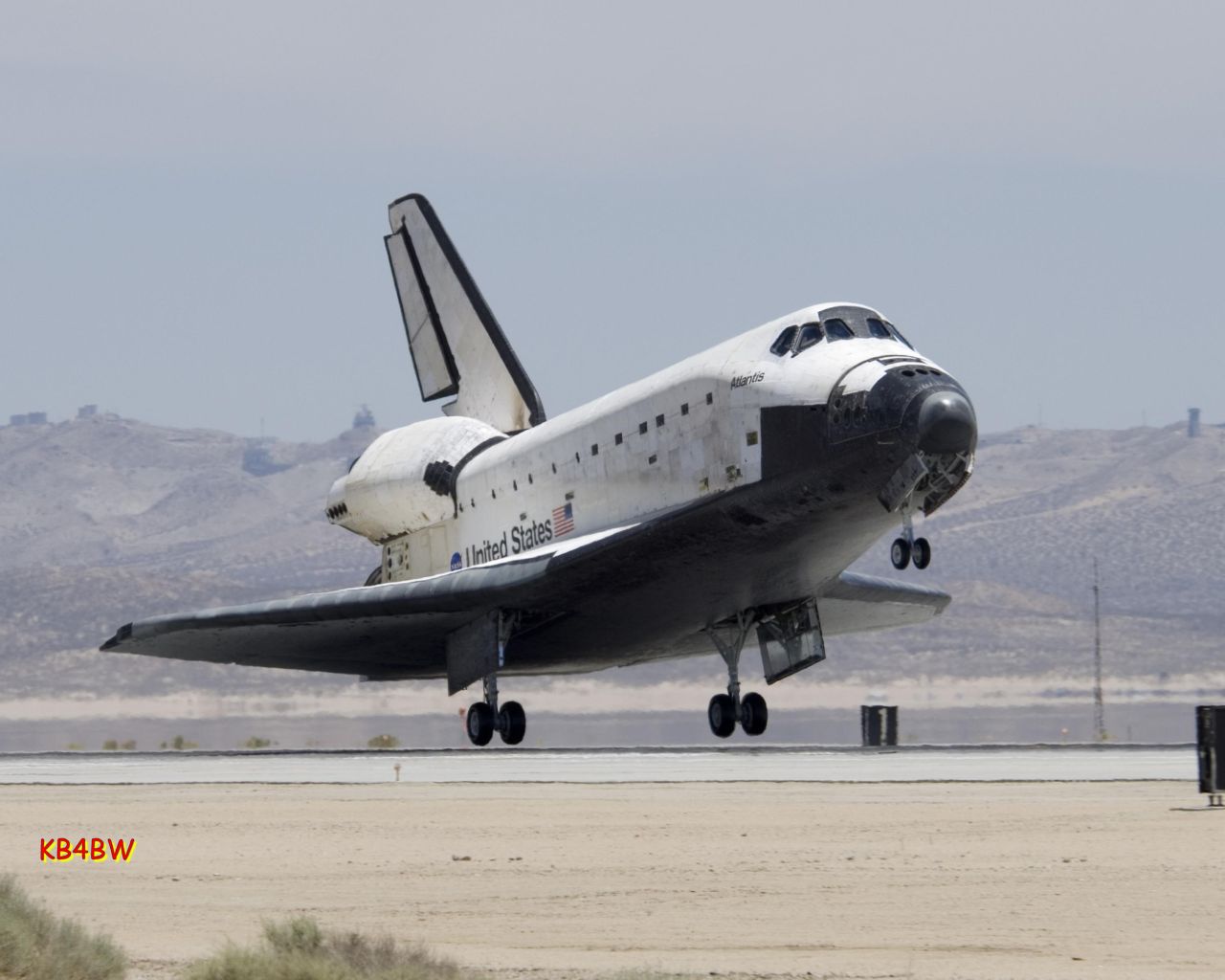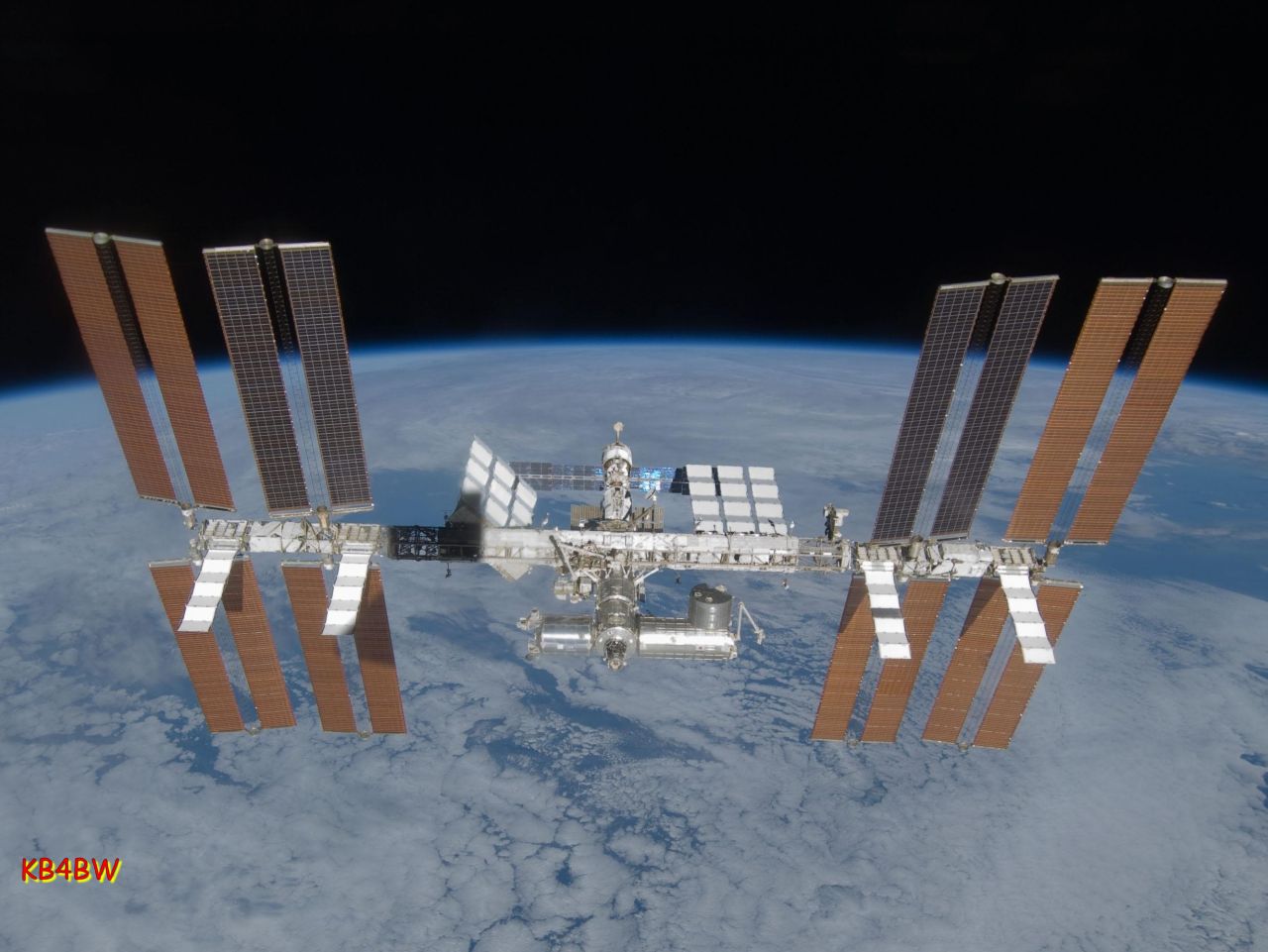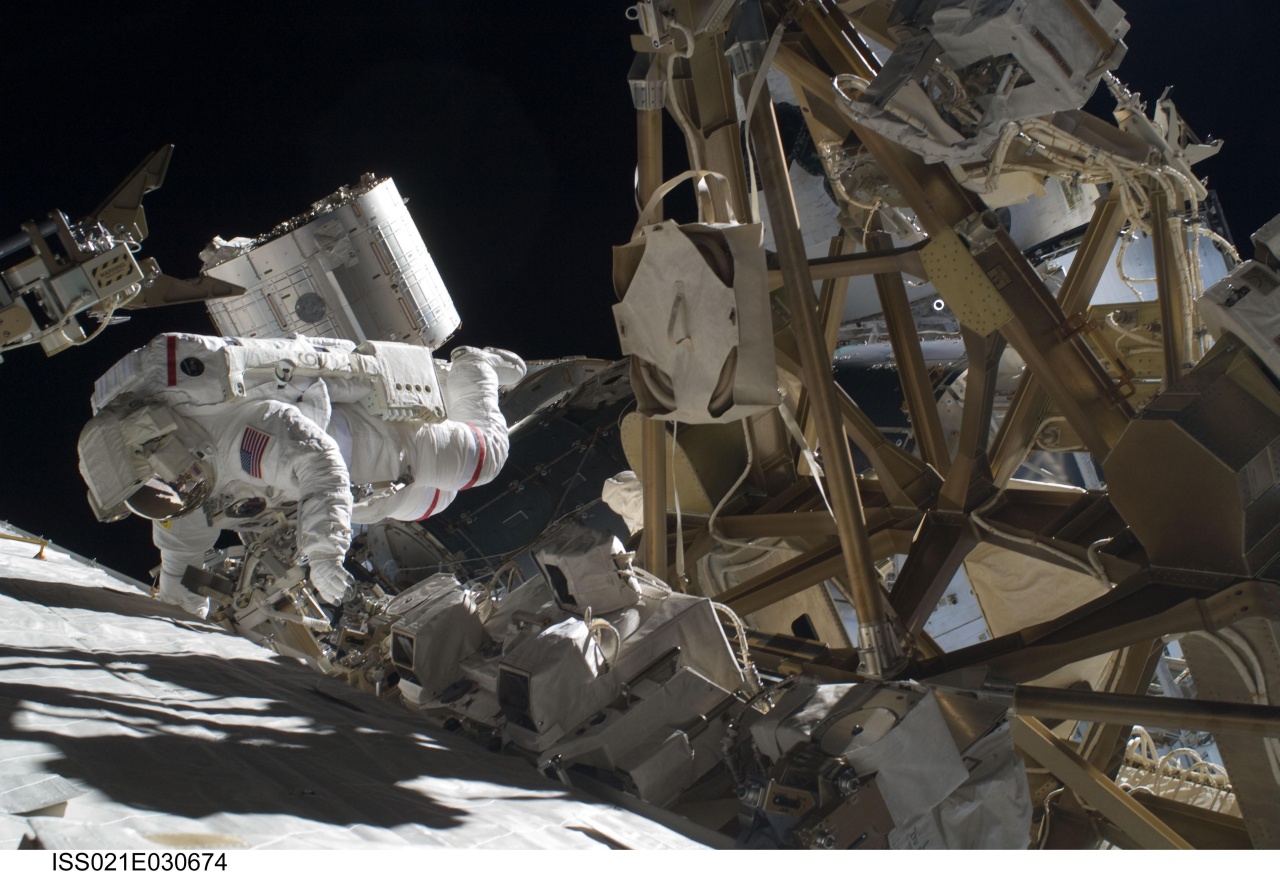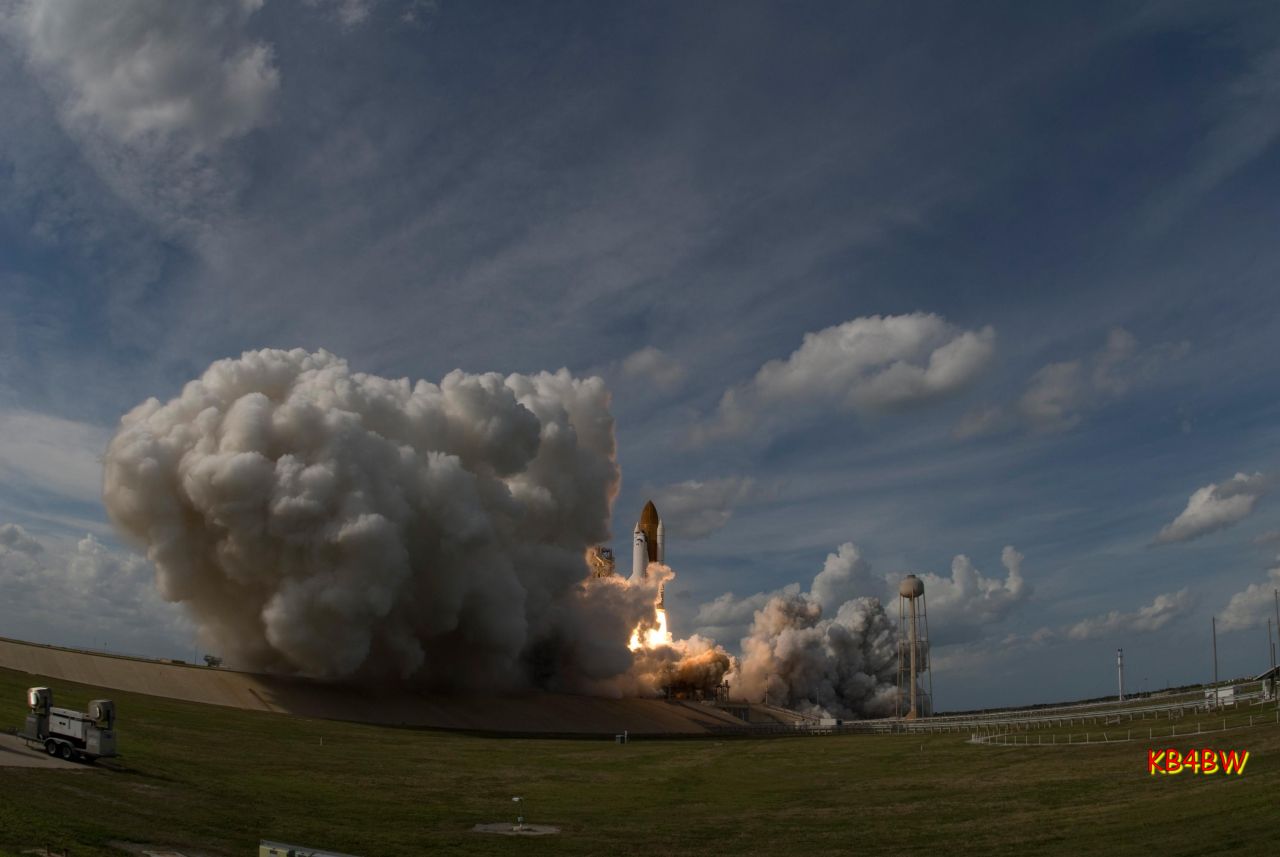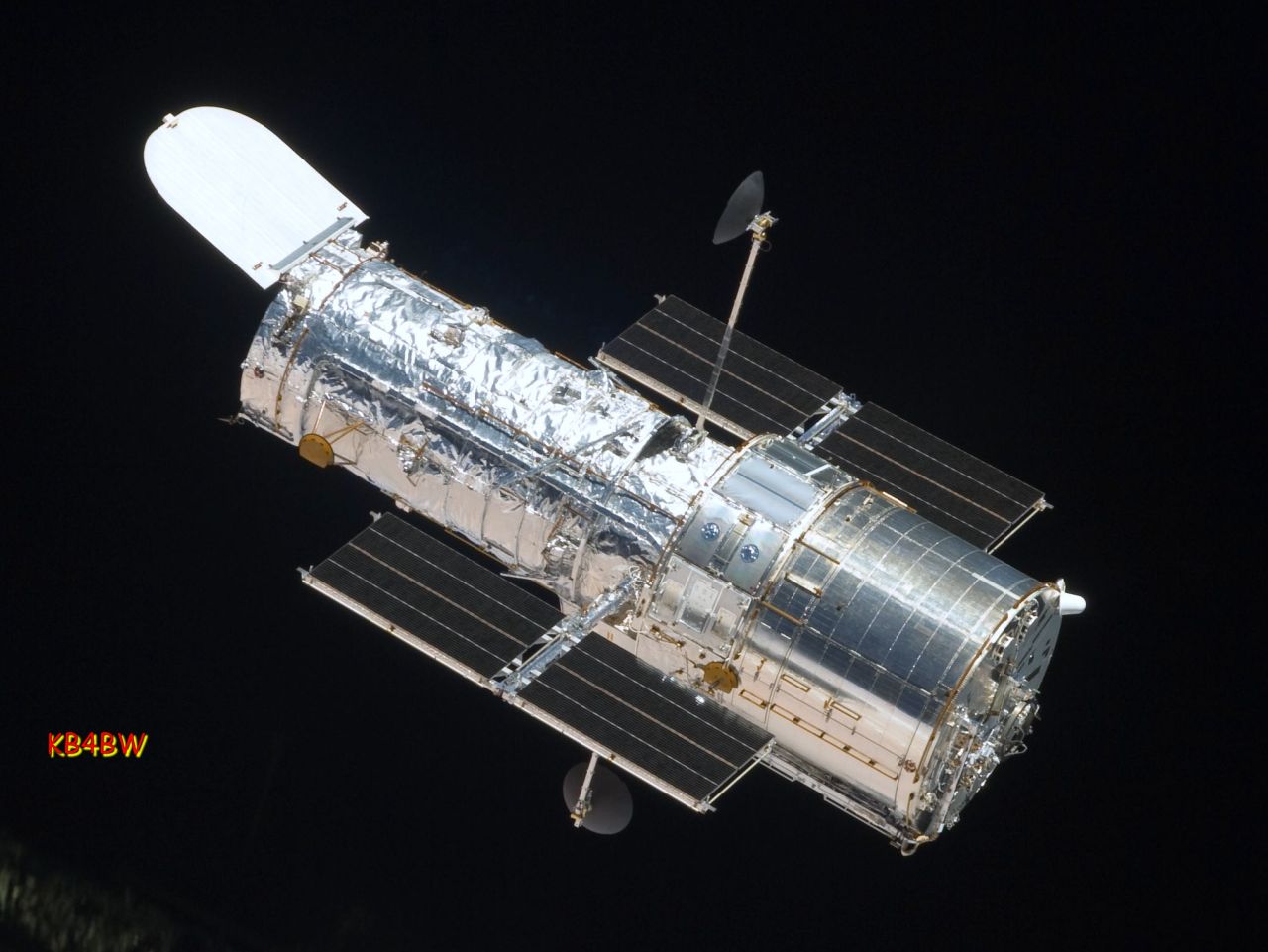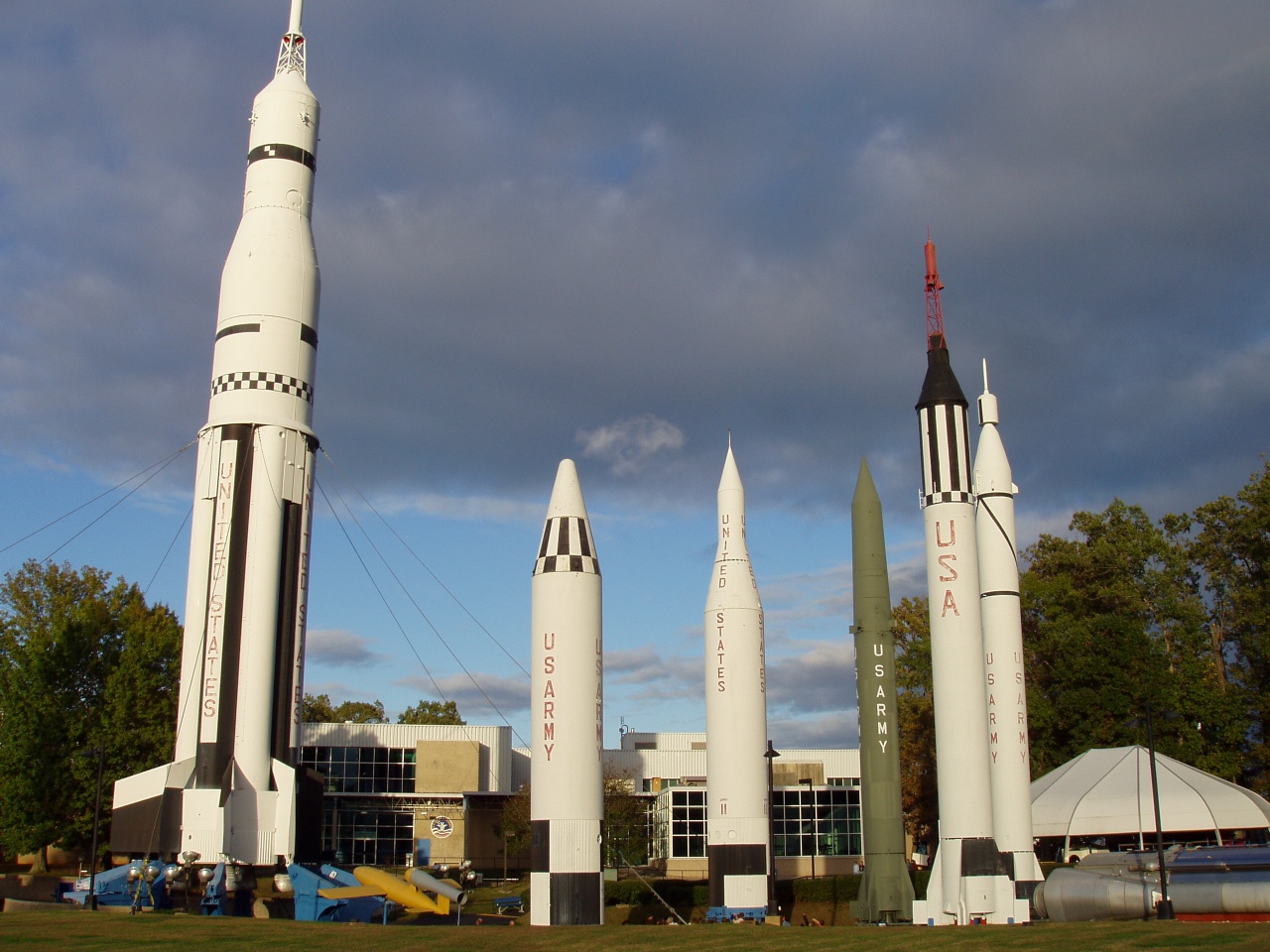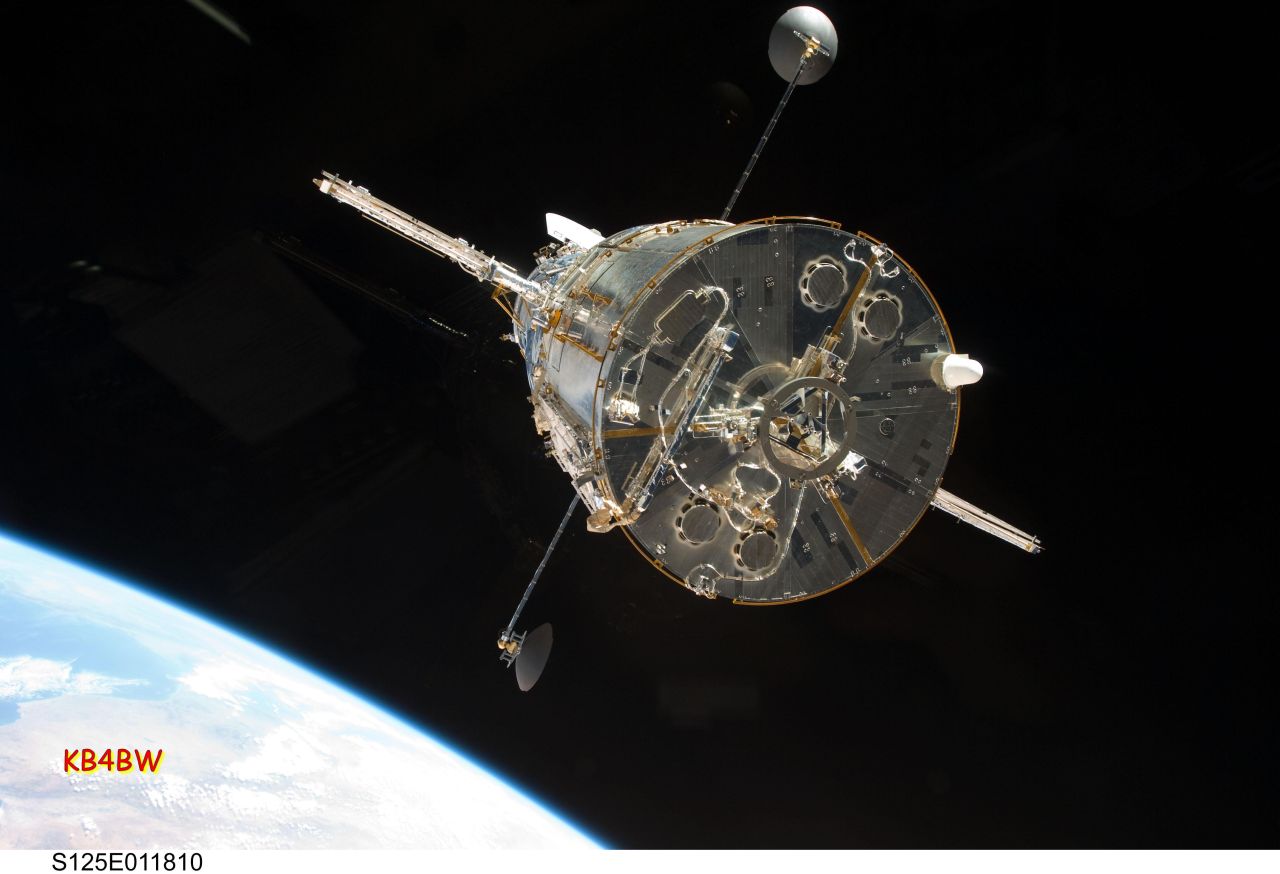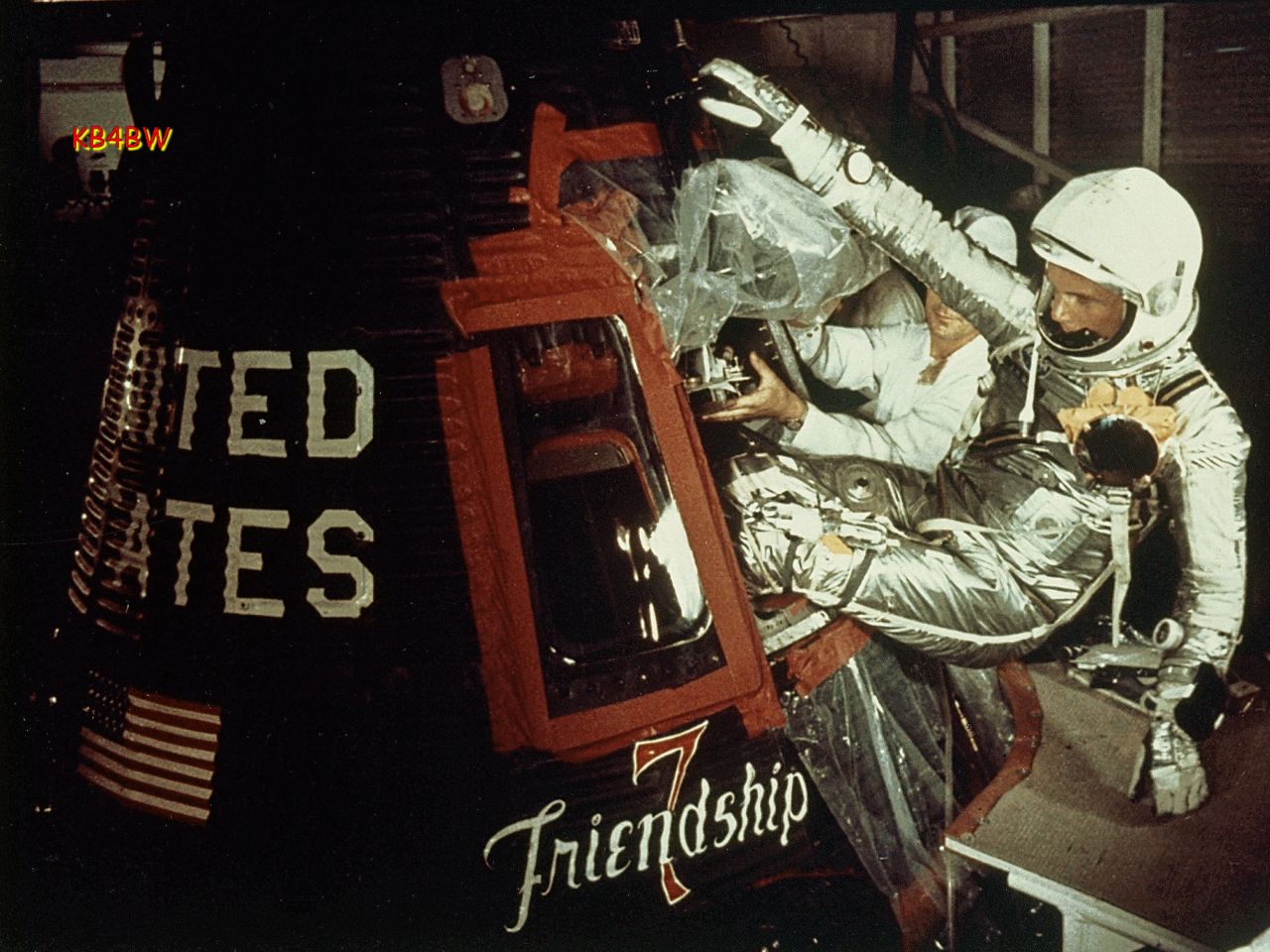www.rhci-online.net/radiogram/radiogram.htm
██╗ ██╗██████╗ ██████╗ ██████╗ █████╗ ██████╗ ██╗ ██████╗ ██████╗ ██████╗ █████╗ ███╗ ███╗
██║ ██╔╝██╔══██╗██╔════╝ ██╔══██╗██╔══██╗██╔══██╗██║██╔═══██╗██╔════╝ ██╔══██╗██╔══██╗████╗ ████║
█████╔╝ ██████╔╝██║ ██████╔╝███████║██║ ██║██║██║ ██║██║ ███╗██████╔╝███████║██╔████╔██║
██╔═██╗ ██╔══██╗██║ ██╔══██╗██╔══██║██║ ██║██║██║ ██║██║ ██║██╔══██╗██╔══██║██║╚██╔╝██║
██║ ██╗██████╔╝╚██████╗ ██║ ██║██║ ██║██████╔╝██║╚██████╔╝╚██████╔╝██║ ██║██║ ██║██║ ╚═╝ ██║
╚═╝ ╚═╝╚═════╝ ╚═════╝ ╚═╝ ╚═╝╚═╝ ╚═╝╚═════╝ ╚═╝ ╚═════╝ ╚═════╝ ╚═╝ ╚═╝╚═╝ ╚═╝╚═╝ ╚═╝
|
http://www.kbcradio.eu/
RSID: <<2014-07-06T01:30Z MFSK-64
@ 9925000+1500>>
<STX>
You don't see many American-made Lincoln automobiles in the
Netherlands, but Eric van Willegen has a fleet of them. Here is
his 1977 Lincoln Continental Town Car with a 460 cubic inch
(7.5 L) V8 engine...
<EOT>
<STX>
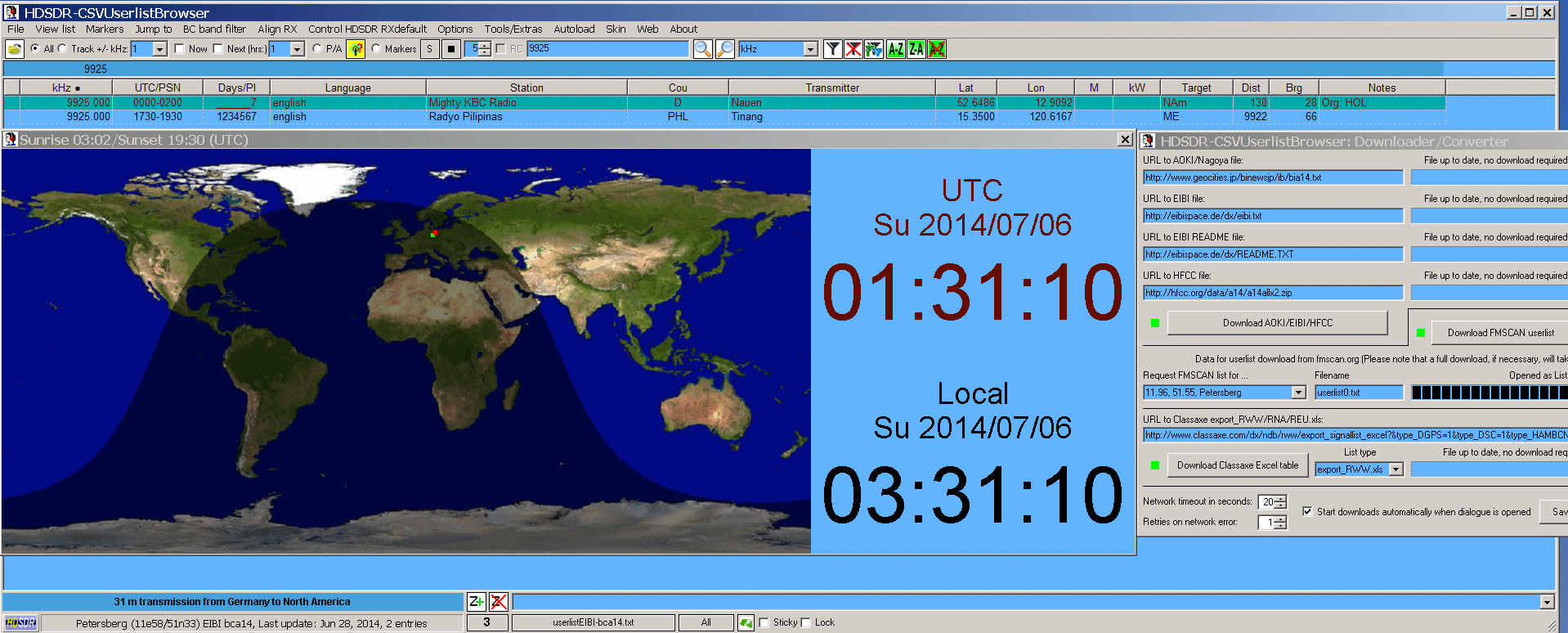
██╗ ██╗ ██████╗ █████╗ ██████╗ █████╗ ██████╗ ██╗ ██████╗ ██████╗ ██████╗ █████╗ ███╗ ███╗
██║ ██║██╔═══██╗██╔══██╗ ██╔══██╗██╔══██╗██╔══██╗██║██╔═══██╗██╔════╝ ██╔══██╗██╔══██╗████╗ ████║
██║ ██║██║ ██║███████║ ██████╔╝███████║██║ ██║██║██║ ██║██║ ███╗██████╔╝███████║██╔████╔██║
╚██╗ ██╔╝██║ ██║██╔══██║ ██╔══██╗██╔══██║██║ ██║██║██║ ██║██║ ██║██╔══██╗██╔══██║██║╚██╔╝██║
╚████╔╝ ╚██████╔╝██║ ██║ ██║ ██║██║ ██║██████╔╝██║╚██████╔╝╚██████╔╝██║ ██║██║ ██║██║ ╚═╝ ██║
╚═══╝ ╚═════╝ ╚═╝ ╚═╝ ╚═╝ ╚═╝╚═╝ ╚═╝╚═════╝ ╚═╝ ╚═════╝ ╚═════╝ ╚═╝ ╚═╝╚═╝ ╚═╝╚═╝ ╚═╝
http://voaradiogram.net/
RSID: <<2014-07-05T16:01Z
MFSK-32 @ 17860000+1500>>
<STX>
Welcome to program 66 of VOA Radiogram from the Voice of America.
I'm Kim Andrew Elliott in Washington.
Here is the lineup for today's program
(MFSK32 except where indicated):
1:33 Program preview (now)
2:45 Major reductions to US shortwave broadcasts,
with image
8:10 Car fumes affect pollinating insects
10:10 Test of Mars landing craft a success, with image
14:23 India launches satellites at low cost, with MFSK64 image
20:32 Spanish: Triple black hole discovery, with image
25:59 Closing announcements
Please send reception reports to radiogram@voanews.com
And visit voaradiogram.net
Twitter: @VOARadiogram
<EOT>
<STX>
Major reductions to U.S. shortwave broadcasts
On 27 June 2014, Voice of America broadcasters were informed that
several shortwave transmissions of VOA, Radio Free Europe/Radio
Liberty, and Radio Free Asia would end on 30 June.
Thomas Witherpoon of the The SWLing Post, swling.com, contacted
Letitia King, spokesperson for the Broadcasting Board of
Governors (BBG), for details. Below are excerpts of the
information the BBG sent to Tim:
Facts and Figures on Shortwave Broadcast Reductions
June 30, 2014
U.S. international media must optimize program delivery by
market. We are ending some shortwave transmissions. We continue
shortwave to those countries where these transmissions are still
reaching significant audiences or where there are no reasonable
alternative platforms at a lower cost to the BBG.
The shortwave reductions will save U.S. taxpayers almost $1.6
million annually.
There are no reductions in staff or programming – these are
transmission platform reductions only. Programming continues to
be available through other media.
Shortwave transmissions continue in many languages including to
key shortwave markets like North Korea, Nigeria, Somalia, Horn of
Africa, and elsewhere. Transmissions also continue on other
platforms including AM, FM, TV and online.
VOA English (in Asia)
<BEL>Cuts: 6.5 hours SW (2 hours of programming
that was
repeated)
<BEL>Continuing Distribution: Some MW;
Multimedia web and mobile
sites & social media
<BEL>Outside of sub-Saharan Africa, English
speakers are rarely
users of shortwave radio. They are more likely
to be
educated and affluent, and to have access to a
broad range
of media. Years of BBG research questions on
consumption of
VOA English on shortwave have failed to find
any significant
audiences outside Africa, in large part because
usage of
shortwave radio in other regions is mostly very
low.
The shortwave cuts also affect VOA Azerbaijani, VOA Bangla, VOA
Lao, VOA Learning English, VOA Uzbek, RFE/RL Persian (Farda), RFA
Lao, and RFA Vietnamese.
Details at
http://swling.com/blog/2014/06/details-of-shortwave-reductions-to-voa-rfe-rfa/
<EOT>
<STX>
Sending Pic:244x147C;
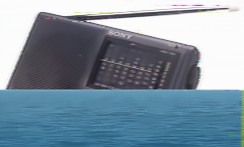
<EOT>
<STX>
This is VOA Radiogram from the Voice of America.
Please send reception reports to radiogram@voanews.com.
VOA NEWS
Scientists Say Car Fumes Affect Pollinating Insects
George Putic
June 27, 2014
Insects that pollinate flowers and crops face an increasingly
complex - and distracting - world of smells.
Their olfactory receptors are activated by all scents - the
natural smell of blossoms and grasses, as well as man-made ones,
such as fumes from car and truck engines. Researchers at the
University of Washington and University of Arizona say those
background odors can mask floral scents. As a consequence,
insects spend more time and energy looking for flowers.
Using advanced instruments, the researchers found that background
odors significantly influenced how a moth called Manduca sexta
detected flower scents, both in nature and in laboratory
settings. Writing in the journal Science, they report the moths,
which can detect odors about as well as dogs can, were easily
misled by non-floral scents.
The scientists now plan to look at honeybees to see whether
emissions from cities affect pollination at surrounding farms.
http://www.voanews.com/content/scientists-say-car-fumes-affect-pollinating-insects/1946614.html
<EOT>
<STX>
This is VOA Radiogram from the Voice of America.
Please send reception reports to radiogram@voanews.com.
NASA: Test of New Mars Landing Craft a Success
VOA News
June 28, 2014
U.S. space officials are declaring the test flight of a new Mars
landing craft a success even if a parachute failed to open fully.
NASA hopes to use the new vehicle in a future manned mission to
the red planet.
A helium balloon and motor Saturday carried the huge
saucer-shaped craft from the launch pad in Hawaii to more than
36,000 meters over the Pacific, where the atmosphere is as thin
as that over Mars.
But the 34-meter-wide parachute that was supposed to guide the
craft to an ocean splashdown failed to open completely.
NASA, however, says it is pleased with the results, and says this
was a more valuable experience than if everything had gone
perfectly.
Some information for this report comes from AP and Reuters.
http://www.voanews.com/content/nasa-says-test-of-new-mars-landing-craft-a-success-despite-parachute-failure/1947108.html
<EOT>
<STX>
Image: The saucer-shaped test vehicle is lifted aboard the Kahana
recovery vessel...
<EOT>
<STX>
Sending Pic:217x198C;

<EOT>
RSID: <<2014-07-05T16:13Z
MFSK-32 @ 17860000+1500>>
This is VOA Radiogram from the Voice of America.
Please send reception reports to radiogram@voanews.com.
VOA NEWS
India Launches Satellites, Highlights Low Cost
Anjana Pasricha
June 30, 2014
NEW DELHI - India took another step Monday in its ambitions to
tap the commercial potential of its space program by launching
satellites for four other nations. Prime Minister Narendra Modi
commended the country's space program as the world's most cost
effective.
India's Polar Satellite Launch Vehicle blasted off Monday morning
from the eastern port of Sriharikota carrying a 714-kilogram
French Earth observation satellite and four smaller satellites.
Prime Minister Modi, who witnessed the launch, pointed out that
all five satellites put into orbit were from advanced countries.
"Even today's satellites are all from developed nations - France,
Canada, Germany and Singapore. Truly this is a global endorsement
of India's space capabilities," said Modi.
The launch marked another milestone in India's efforts to grab a
larger slice of the lucrative global satellite launch market.
Focusing attention on the frugality of India's space program,
Modi said India has the potential to become the world's satellite
launch service provider.
He pointed to reports that the $100 million spent on making the
Hollywood movie "Galaxy" exceeded the cost of a spacecraft India
sent to Mars last November.
"Even today our program stands out as the most cost-effective in
the world… Our scientists have shown the world a new paradigm of
frugal engineering and the power of imagination," said Modi.
India's Mars program has won attention for its modest $73 million
price tag. That is just over one-tenth of the money spent by NASA
on a Mars mission it launched days after the Indian one.
Indian scientists say frugality has always been the goal of a
space mission whose annual outlay is just $1 billion - a fraction
of space programs in major space-faring nations such as Russia
and the United States. This is the advantage India hopes to
leverage in the commercial launch business.
Modi also sought to leverage India's space program to give a
further push to his diplomatic offensive in the South Asian
region.
He called on Indian scientists to use their expertise in
satellite technology to help all eight countries in the South
Asian Association of Regional Cooperation, known as SAARC.
"Today, I ask our space community, to take up the challenge, of
developing a SAARC satellite - that we can dedicate to our
neighborhood, as a gift from India. A satellite, that provides a
full range of applications and services, to all our neighbors,"
Modi said.
India has faced some criticism that a poor country should have
more pressing priorities than launching satellites such as
supplying clean water and toilets to its people. But Modi says
that the country's space program is making a huge contribution to
the common man through its applications in areas such as disaster
and resource management.
http://www.voanews.com/content/india-launches-satellites-highlighting-low-cost/1947595.html
<EOT>
<STX>
Image: India's Polar Satellite Launch Vehicle, carrying five
satellites, lifts off from the Satish Dhawan Space Centre in
Sriharikota, north of the southern Indian city of Chennai, June
30, 2014.
<EOT>
RSID: <<2014-07-05T16:19Z
MFSK-64
@ 17860000+1500>>
<STX>
Sending Pic:144x342;
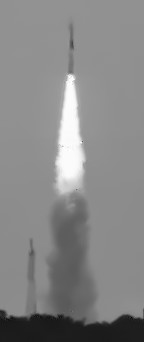
<EOT>
RSID: <<2014-07-05T16:20Z
MFSK-32 @ 17860000+1500>>
<STX>
This is VOA Radiogram from the Voice of America.
Please send reception reports to radiogram@voanews.com.
Next, news in Spanish from Radio Martí...
Descubren 3 agujeros negros a 4 mil millones de años luz
Jesús Rojas
Radio Martí
junio 26, 2014
Un grupo internacional de astrónomos descubrió tres enormes
agujeros negros, cuyo tamaño supera en miles de millones la masa
del Sol, a una distancia de unos 4.000 millones años luz de la
Tierra, informó el científico Ian Heywood, uno de los
responsables del estudio.
"Los sistemas de múltiples agujeros negros supermasivos son
raros", dijo Heywood, astrónomo de la Organización para la
Investigación Industrial y Científica de la Mancomunidad de
Australia (CSIRO), en declaraciones a la cadena australiana ABC.
El equipo liderado por Roger Deane, de la Universidad de Cape
Town, en Sudáfrica, descubrió este nuevo sistema de tres agujeros
negros mediante cuatro observatorios internacionales
interconectados para operar como un poderoso telescopio.
Los investigadores se centraron en la lejana galaxia SDSS
J1502+1115, donde descubrieron que dos de los tres agujeros
negros supermasivos estaban separados solo por una distancia de
456 años luz y que orbitaban entre sí.
La velocidad de la órbita de estos dos cuerpos que conforman una
especie de sistema estelar binario supera en 300 veces la
velocidad del sonido en la Tierra, según el astrónomo.
El descubrimiento, que supone el sistema más ceñido que se conoce
hasta la fecha, ayudará a entender cómo estos cuerpos se fusionan
e influyen en la evolución de las galaxias, afirmó Heywood.
Los sistemas de órbita ceñida como la descubierta por el equipo
de Deane son una de las fuentes primarias de las ondas
gravitacionales, según la teoría de la relatividad general de
Albert Einstein.
Además, los estudios sugieren que las grandes galaxias tienen un
agujero negro masivo en el centro, aunque solamente se han
descubierto un puñado de ellas, por lo que este hallazgo
publicado en el último número de la revista Nature sugiere que
son más comunes de lo que se cree.
Heywood explicó que sería muy raro que los tres agujeros negros
se fusionen entre sí y lo más probable es "que uno de los
agujeros negros sea expulsado del sistema para que los otros dos
se asienten en una órbita más estable y eventualmente se
fusionen."
http://www.martinoticias.com/content/article/37932.html
<EOT>
<STX>
Image: Dos de los tres agujeros negros giran alrededor de la
otra...
Image: Two of the three black holes rotate around each other...
<EOT>
<STX>
Sending Pic:186x121C;
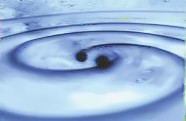
<EOT>
<STX>
Please send reception reports to radiogram@voanews.com.
And visit voaradiogram.net.
Twitter: @VOARadiogram
Thanks to colleagues at the Edward R. Murrow shortwave
transmitting station in North Carolina.
I'm Kim Elliott. Please join us for the next VOA Radiogram
This is VOA, the Voice of America.
<EOT>
RSID: <<2014-07-05T16:26Z
MFSK-64
@ 17860000+1500>>
<STX>
Sending Pic:506x45C;

<EOT>
RSID: <<2014-07-05T16:27Z
MT63-2KL
@ 17860000+1500>>
VOA Radiogram, grateful still to be on shortwave....
www.rhci-online.net/radiogram/radiogram.htm
DRM-images
-
received
via EASYPAL/DSSTV
on 14233kHz/USB
(FRG-100 / Dipol for ~12 MHz)
Here
are some pics of
KB4BW (Kent
R. Schmidt, Sr, Live Oak 32060.FL, United States)
- all received last night (2014-07-06 / utc)








